XMM-Newton News Archive 2005 - XMM-Newton
XMM-Newton News Archive - Year 2005
Back to News Archive.
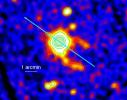
Pulsar reveals comet-like trail
A cometary trail is revealed while studying Geminga.
Further details on the Innovations-Report website

Hot, massive haloes discovered
Astronomers using XMM-Newton have found very hot gaseous halos around a multitude of spiral galaxies similar to our Milky Way galaxy.
Further details on the ESA Space Science website
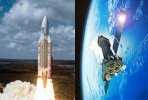
XMM-Newton Mission extended by four years
Further details on the ESA News website

Young Graduate Trainees Opportunity within the XMM-Newton SOC
Further details here on our XMM-Newton SOC website
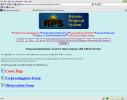
XMM-Newton 5th Announcement of Opportunity (AO-5)
XMM-Newton AO-5 is now open.
Further details here on our XMM-Newton SOC website

XMM-Newton probes formation of galaxy clusters
Further details on the ESA News website
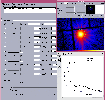
SAS 6.5.0 now available
Further details here on our XMM-Newton SOC website
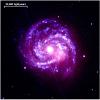
Supernova still shining after 25 years
Further details on the ESA News website
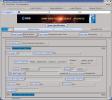
XSA Version 2.8 now online
Further details here on our XMM-Newton SOC website
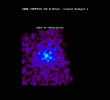
"Deep Impact", 4th July 2005
On 4th July 2005 XMM-Newton joined a fleet of satellites and other observatories in observing the NASA "Deep Impact" with Comet Tempel-1. Read more of the stories below.
First XMM-Newton Images of Impact on the ESA Portal
XMM-Newton Detects Water on Tempel-1 on the ESA Portal
XMM-Newton confirms Tempel-1 is weak X-ray source on the ESA Portal
Images of the impact from ESAC on the ESA Portal (Español)
First Images from XMM-Newton on the ESA Portal (Español)
"Deep Impact" successfully collides with Comet Tempel-1 reports Spanish national El Mundo (Español)
Tempel-1 is X-ray source by PhysOrg
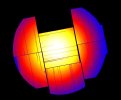
EPIC MOS1 Event of Revolution 961
At about 01:30 hrs.UT on 09 March, 2005, during XMM-Newton revolution 961, an event was registered in the focal plane of the EPIC MOS1 instrument.
Further details here on our XMM-Newton SOC website
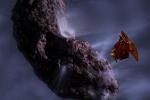
XMM-Newton to watch "Deep Impact"
XMM-Newton will join the fleet of satellites observing the NASA "Deep Impact" spacecraft collide with Comet Tempel-1, on 4th July, 2005.
Further details on the ESA Portal

The XMM-Newton Revolution 1000
A good reason to celebrate at the SOC !
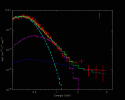
Hot spots on neutron stars
Phase variation in the X-ray emissions from three pulsars has been examined using the EPIC instrument on XMM-Newton.
Further details on the ESA Science & Technology website
Read a sister story in the ESA Science & Technology website
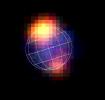
A Cloudy Mirror for the Sun?
Astronomers using XMM-Newton have discovered that observing the giant planet Jupiter may actually give them an insight in to solar activity on the far side of the Sun.
Further details on the ESA Science & Technology website
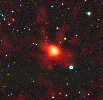
Distant Galaxies Show a Young Universe
Scientists discover the most distant massive structure in the Universe.
Further details on the ESA Science & Technology website
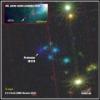
Newly Seen Force May Help Gravity in Star Formation
Scientists pierce through a dusty stellar nursery to capture the earliest and most detailed view of a collapsing gas cloud turning into a star.
Further details on the ESA Science & Technology website
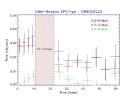
XMM-Newton Observation of GRB050223
Further details here on our XMM-Newton SOC website
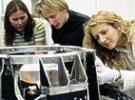
XMM-Newton SOC Research Fellowship
Further details here on our XMM-Newton SOC website
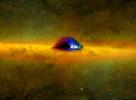
Black Holes in a Radar Trap
Using the XMM-Newton researchers measure velocities near the speed of light in the vicinity of cosmic mass monsters.
Further details here on our XMM-Newton SOC website
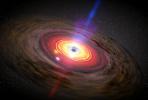
XMM-Newton sees matter speeding around a black hole
Scientists measure three separate clumps of hot iron gas orbiting a black hole at 30,000 kilometres per second, about a tenth of the speed of light.
Further details on the ESA Space Science website
- Removed a total of (1) style text-align:center;








































 Sign in
Sign in
 Science & Technology
Science & Technology